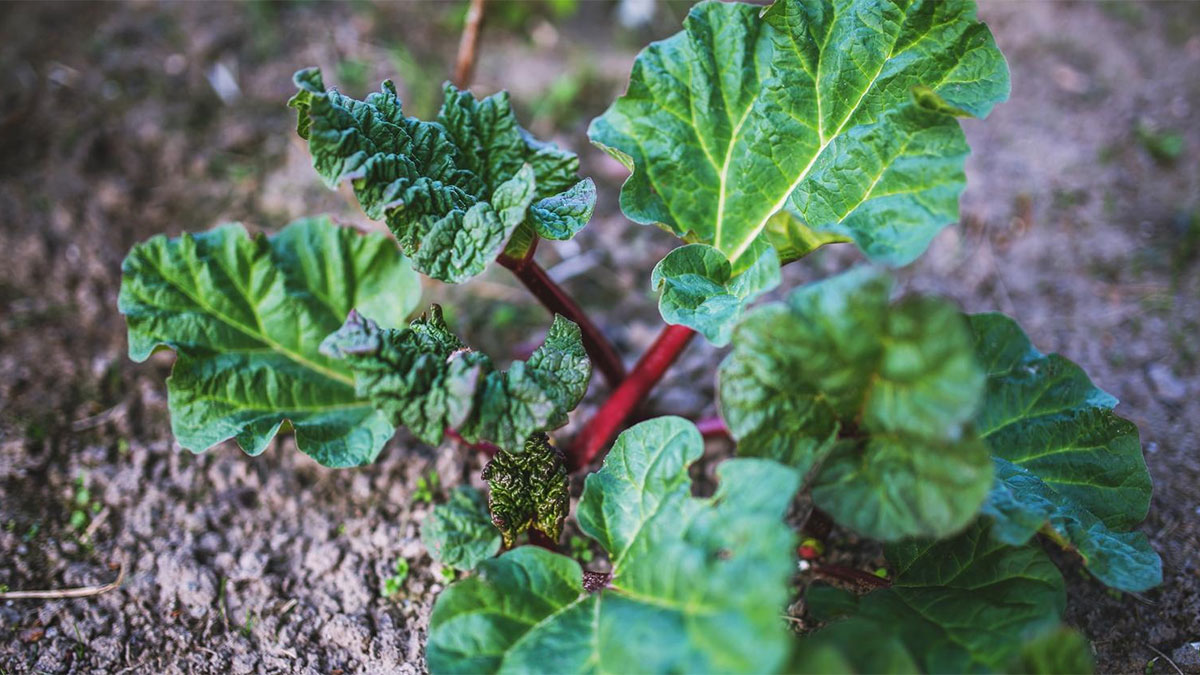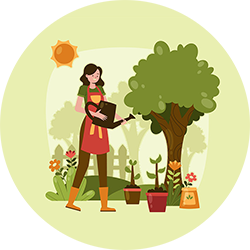Rhubarb: The Underrated Edible Perennial Your Garden Needs

Rhubarb may not get as much attention as other garden favorites, but this bold, perennial deserves a spot in every edible garden. With its striking stalks, reliable growth, and unique tart flavor, rhubarb offers both beauty and harvest value. Whether you’re growing it for the first time or reviving a neglected patch, this guide will show you how to grow, care for, and enjoy rhubarb from soil to kitchen.
Related: Fabulous Perennial Vegetables That you can Harvest Year After Year
What makes rhubarb special
Rhubarb is one of the few cold-hardy perennials that brings both ornamental charm and culinary value to a garden. With its bold, crinkled leaves and deep red or green stalks, it adds texture and interest even before harvest time. Beyond its visual appeal, rhubarb is rich in antioxidants and has long been used in pies, sauces, and preserves.
Choosing the right rhubarb variety
There are several reliable rhubarb varieties to choose from, each with slightly different characteristics. ‘Victoria’ is a classic green-stalked type that’s known for its high yield and reliable growth, while ‘Crimson Red’ and ‘Canada Red’ produce sweeter, deep red stalks that are popular in desserts. When choosing a variety, consider your taste preferences, local climate, and how much space you can dedicate to this large plant.
How to grow rhubarb successfully
Rhubarb grows best in full sun, though it can tolerate partial shade in warmer regions. Choose a site with well-drained, fertile soil enriched with plenty of organic matter, such as compost or aged manure. The ideal soil pH for rhubarb ranges from 6.0 to 6.8, which is neutral to slightly acidic. Avoid waterlogged spots, as overly wet conditions can lead to crown rot.
Early spring is the best time to plant rhubarb crowns or divisions, ideally as soon as the ground can be worked. Space each plant about three feet apart in rows that are four feet apart to accommodate their wide-growing leaves and long stalks. Plant the crown so that the top sits about 1 to 2 inches below the soil surface, then water it in well.
Patience is key in the first season. Refrain from harvesting any stalks during the first year after planting. This allows the root system to grow strong and fully establish itself, ensuring a healthier, more productive plant in the seasons that follow. By year two or three, you’ll enjoy a reliable harvest each spring that continues for many years with minimal effort.
Caring for your rhubarb through the seasons
Rhubarb is relatively low-maintenance, but it does benefit from consistent moisture and an annual layer of compost or aged manure. Mulching around the base helps suppress weeds and retain soil moisture during hot months. In late fall, remove dead foliage and avoid letting the crown sit in soggy soil to prevent rot.
Harvesting rhubarb the right way
Rhubarb is ready to harvest in its second year once stalks are at least 10 inches long and thick. To harvest, grasp the base of a stalk and gently pull it away from the crown rather than cutting it, which can damage the plant. Always discard the leaves, as they contain oxalic acid and are toxic if ingested.
How to use rhubarb in the kitchen
Rhubarb’s tart flavor is a perfect match for sweet ingredients like strawberries, citrus, and vanilla. It can be stewed into compotes, baked into pies, or even used in savory sauces for meats. To enjoy rhubarb year-round, freeze cut stalks in airtight bags or preserve them as jams or chutneys.
Conclusion
Rhubarb is more than just a pie ingredient; it’s a rewarding, resilient perennial that can enrich your garden year after year. With the right variety, a bit of care, and an eye toward seasonal maintenance, rhubarb will quickly earn its place among your favorite plants. Once you experience the ease of growing it and the joy of harvesting those colorful stalks, you’ll wonder how your garden ever got by without it.
